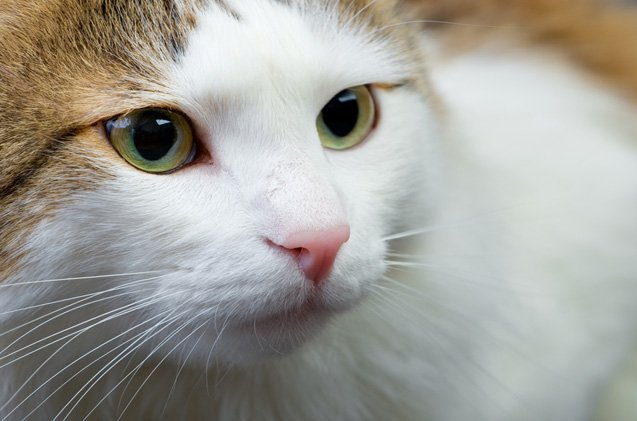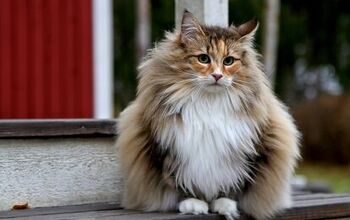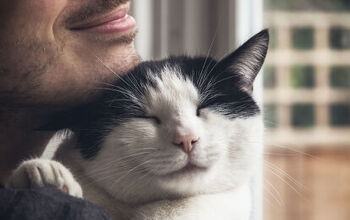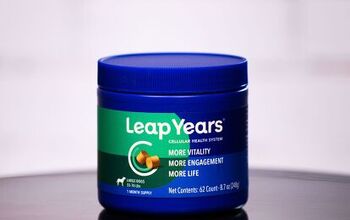Ragamuffin


About Ragamuffin
The breed history of the Ragamuffin is something of a rags to riches story. In the 1960s a long haired white domestic cat, Josephine, was hit by a car. She was taken to a laboratory at the University of California where she recovered. When Josephine gave birth to a litter, the kittens were unusually friendly, as were a second batch of offspring born sometime later. This fact came to the attention of cat breeder Ann Baker, who bought several of the cats and set out to create a new breed. Circumventing the usual channels, Baker trademarked the “Ragdoll” name and established the International Ragdoll Association (IRCA). It was only when two groups of breeders broke away from the IRCA that the name “Ragamuffin” began to be used due to Baker’s trademark. The bloodlines of the rogue groups were mixed with Persians, Himalayans, and other domestic longhaired cats to bolster genetic strength and to increase the Ragamuffin’s degree of distinction from the Ragdoll. Ragamuffins were accepted as a recognized breed by the American Cat Fancier’s Association and the Cat Fancier’s Association in 2003, advancing to the Championship Class in 2011.
The Ragamuffin is an extremely docile cat.
The Ragamuffin is an extremely docile cat. They love their people and are affectionate and cuddly, so much so, that when they are picked up, they go limp. These cats are not particularly athletic, although they are fun and playful. They like to scamper up their scratching posts, and can be induced to run after a toy if you don’t get carried away with the whole idea. Generally a Ragamuffin will greet you at the door and then follow you around the house ready to hear about your day without being insistent. This is not to say the Ragamuffin isn’t vocal, but they aren’t raucous. Because of their trusting nature, the Ragamuffin is a strictly indoor cat, and is an adaptable, easy, and very lovable companion.
Ragamuffins are pleasingly large and muscular cats that mature slowly over a period of four to five years. Broad-chested with solid, rectangular bodies, they have broad, wedge-like heads supported by a short neck. The round forehead dips noticeably to the nose. The muscled hindquarters should be as broad as the shoulders, and a fatty pad is present on the belly. The fur along the neck and outer edge of the face is longer, giving the look of a ruff. The coat on the sides and along the stomach is of a medium to medium long length and soft to the touch.
Ragamuffins come in all colors and coat patterns, but the CFA standards do not allow colorpoint variations. All solid eye colors are present, with some individuals having two eyes of different shades.
Although all cats with long hair benefit from combing and brushing, the Ragamuffin is surprisingly easy in terms of maintenance. Their coat is plush and thick, but it does not mat easily. During high shedding seasons, special care should be taken to remove dead hair from the coat, but baths are not generally necessary.
Photo credit: Tatiana Makotra/Shutterstock; Scampi/Shutterstock

Amy Tokic, Editor of PetGuide.com, is a passionate animal lover and proud pet parent of Oscar, a Shih Tzu/Chihuahua cross, and Zed, a Japanese Chin. Her love of animals began in kindergarten, when she brought her stuffed dog Snoopy into class with her every day. Now, she writes about her adventures in pet ownership and tirelessly researches products, news and health related issues she can share with other animal enthusiasts. In her free time, Amy loves perusing used book and record stores, obsessing over the latest pet products available and chasing squirrels with wild abandon (a habit attributed to spending too much time with her pooches).
More by Amy Tokic

























